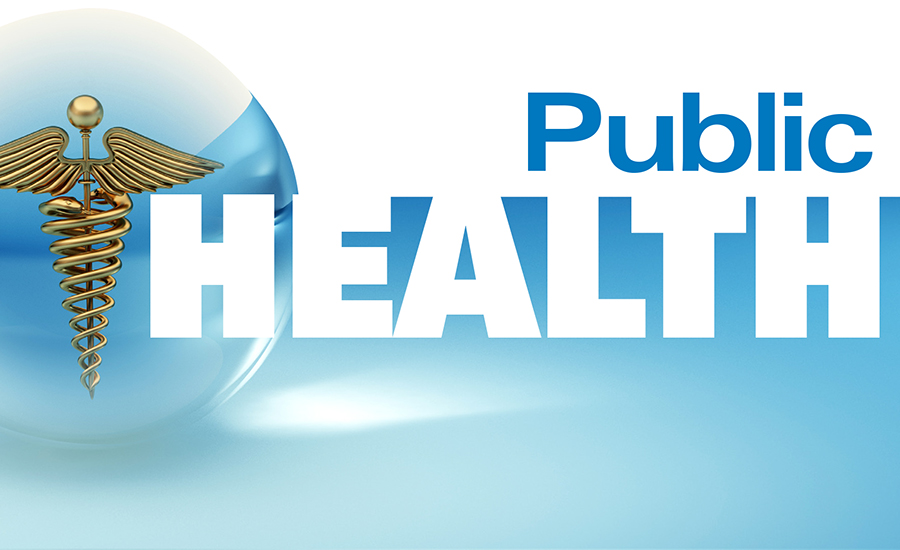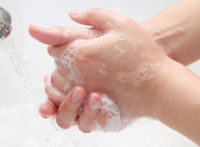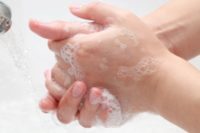Studies show that only 67% of people practice any sort of hand hygiene. Researchers believe that this number is low because while most people have a vague idea that hand washing is important, many don’t have a grasp on the facts. We’ve put together a list of some of the most interesting (and shocking!) facts about hand washing so you can see why practicing proper hand hygiene is so vitally important.
80% of communicable diseases are transferred by touch
- “Touch” refers primarily to the touching of food, or the touching of one’s own mouth, eyes, and nose. It is not simply person-to-person contact.
- Touching food with contaminated hands spreads foodborne illnesses like Salmonella, E. Coli, Staph, and diarrheal infection. Proper handwashing can reduce diarrhea rates by 40%.
- Diarrhea remains the second most common cause of childhood death
- Touching the face with contaminated hands spreads illnesses like pneumonia, the cold, and the flu. Proper handwashing can reduce respiratory infections by close to 20%.
- Pneumonia remains the number one cause of childhood death
The most critical times for hand washing are before preparing food and after going to the bathroom.
- Only 20% of people wash their hands before preparing food
- Less than 75% of women and less than 50% of men wash their hands after going to the bathroom
- Every time a toilet is flushed with the lid up, a fine mist containing bacteria such as E. Coli and Staph is spread over an area of 6 square meters. The area around sinks in public bathrooms is 90% covered in such bacteria.
The recommended washing time is 15 seconds. The ideal washing time is 30 seconds.
- For every 15 seconds spent washing hands, 10 times more bacteria is removed.
- The average person spends less than 10 seconds washing their hands
- 30 seconds of using hand sanitizer kills as much bacteria as 2 full minutes of handwashing
Most bacteria on our hands is on the fingertips and under the nails
- The number of bacteria on our fingertips doubles after using the bathroom
- Most people wash the palms of their hands and miss everything else
- The bacteria count is highest on the dominant hand. Yet right-handed people wash their left hand more thoroughly than their right hand, and vice versa
Damp hands are 1,000x more likely to spread bacteria than dry hands
- Only 20% of people dry their hands after washing
- Re-usable cloth towels harbor millions of bacteria. Disposable paper towels are the most sanitary means of drying hands.
Hand washing and hand hygiene initiatives greatly reduce the number of absences, sick leaves, and lost productivity
- A study of Detroit school children showed that those who washed their hands had 24% fewer sick days due to respiratory illness and 51% fewer sick days due to upset stomach
- In China, distribution of soap in primary schools resulted in 54% fewer sick days
- The use of hand sanitizer in the classroom resulted in 20% fewer sick days across 16 different elementary schools






